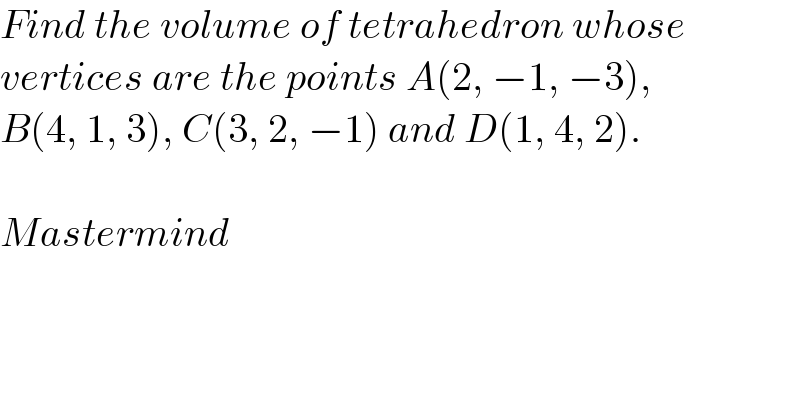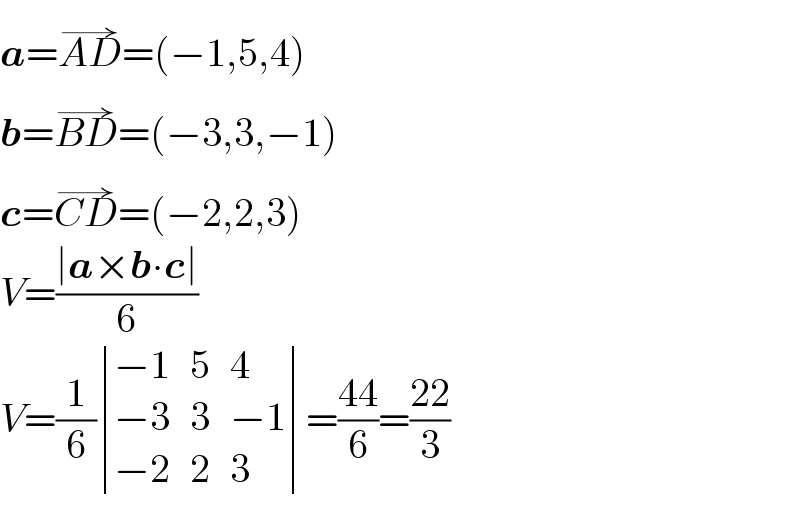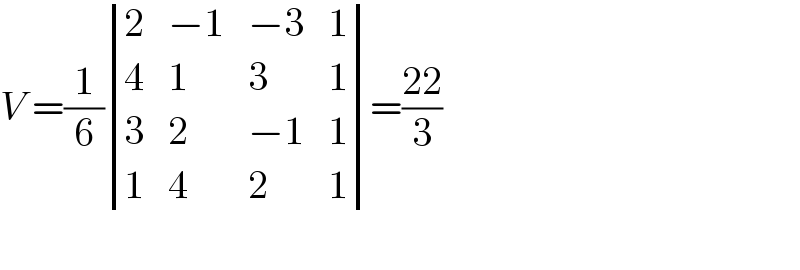
Question and Answers Forum
Question Number 170386 by Mastermind last updated on 22/May/22

Commented by mr W last updated on 22/May/22

Commented by Mastermind last updated on 22/May/22

Answered by MikeH last updated on 23/May/22

| ||
Question and Answers Forum | ||
Question Number 170386 by Mastermind last updated on 22/May/22 | ||
 | ||
Commented by mr W last updated on 22/May/22 | ||
 | ||
Commented by Mastermind last updated on 22/May/22 | ||
 | ||
Answered by MikeH last updated on 23/May/22 | ||
 | ||
| ||